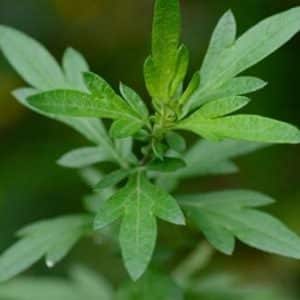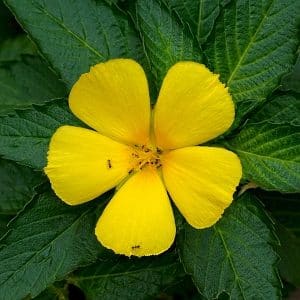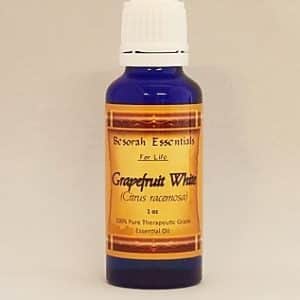Native to Pacific North America, cascara is now cultivated there, as well as in eastern Africa. R. frangula is indigenous to all of Europe, Western Asia, Asia Minor and the Caucasus and has spread to North America. R. cathartica, is common all over Europe, Western Asia, and North Africa and is used mainly in veterinary medicine. Casacara is generally a deciduous shrub or small tree growing to fifteen feet with smooth brown bark, oval to elliptical leaves, white flowers, and small round berries that ripen from yellow to black preferring marshy woodlands. The bark of trees, at least three to four years old, is collected in late spring and early summer, dried, and stored for at least a year before use.
According to the 17th century herbalist, Nicholas Culpeper, a related plant with similar properties, R. cathartica, “purgeth downwards both cholera and flegm, and the watery humors of such as have the dropsie and strengtheneth the inward parts again by binding”.
Aztec healers introduced the bark to conquistadors who were so impressed by its effectiveness that they gave it the exalted name, which means “sacred bark”. The Aztecs used it as a remedy for many ailments but its effectiveness as a laxative is still used today.
Once plentiful in the mountainous regions of the American Northwest, the number of cascara trees have been greatly reduced as a consequence of clear-cut logging.
For centuries, Native Americans, including the Warm Spring, Paiute, the Pomo of northern California, the Thompson of British Columbia, and the Nisqually used the bark as a laxative and as a remedy for upset stomachs. The bark was soaked overnight and the tea drunk the next morning as a general tonic.
Cascara sagrada is Spanish for sacred bark and it was the Spanish explorers who dubbed it as such after observing how the Native peoples used it.
Since 1890, it has been listed in the US Pharmacopoeia as a cure for constipation. It is still used in many of the over-the-counter laxatives.
Key Actions
laxative
Key Components
anthrones anthranols an alkaloid (armepavine) tannins flavonoids




